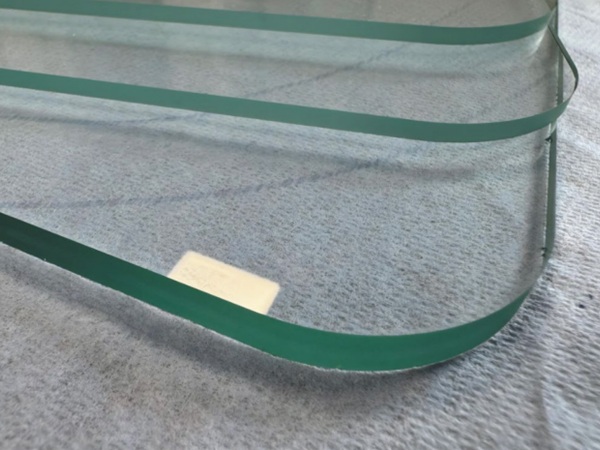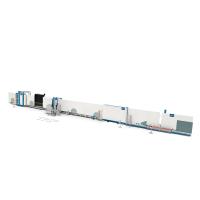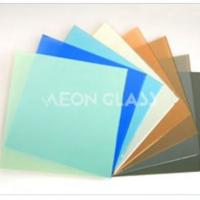Author: Mauri Saksala | Glaston
Source: glastory.net
Today, ultra-thin glass – less than one millimeter thick – is revolutionizing architectural glazing, offering benefits such as reduced weight, better insulation and a lower carbon footprint compared to traditional soda-lime glass. However, processing this advanced material demands stepping back from conventional techniques and embracing specialized solutions. In this blog, we explore what it took to make ultra-thin glass cutting, handling and lamination possible.
Ultra-thin glass offers clear advantages for modern insulating glass units (IGUs). When used as the center pane in a triple-glazed unit, it significantly reduces weight while enhancing thermal performance. With the same weight and thickness as a conventional double-glazed unit, this configuration features better energy efficiency and is therefore well-suited for the global renovation market.
However, processing ultra-thin glass requires careful control throughout the entire production flow. From raw glass storage to cutting and lamination, every stage must be precisely adapted to prevent breakage.
Storing, cutting, and handling: specialized solutions
Significant modifications have been made in processing to accommodate ultra-thin glass.
First, crate storage and opening procedures have been redesigned to protect the glass’s integrity before production even begins. Here, even tilt angle matters.
The cutting process has also been recalibrated. Ultra-thin glass needs carefully defined process parameters and specialized equipment. This includes serrated scoring wheels, precise scoring pressures and controlled scoring speeds – all tailored to ensure smooth, reliable cutting and optimal glass edge strength.
To further minimize the risk of breakage, fully automated, vibration-free handling systems have been developed with minimal shock and force impact on the glasses. This ensures safe and efficient transportation of the glasses at the same time. Adjusting the line’s tilt angle proved to be another key step in accommodating the delicate sheets.
The entire production process sequence has then been reorganized. And to minimize stress on the ultra-thin glass, spacers are applied only to the outer panes.
Finally, even post-processing techniques have been refined to reduce bow and distortion.
The path forward: integrating ultra-thin glass
Thanks to these reinventions, it is now possible to efficiently handle large sheets of ultra-thin glass for IGU production. In essence, these changes redefine the rules of the game.
For glass processors ready to embrace this material, all necessary solutions are ready to go, in addition to the technologies supporting the entire production flow from raw material handling to final IGU assembly.
Laminating of ultra-thin glass is possible with conventional nip roll laminating lines with a proper heating furnace. Special attention is required when handling, and therefore, automated glass and interlayer handling is recommended.
Now the industry can continue to meet the evolving demands of modern architectural glazing.
Learn more
For a detailed look at equipment and specifications driving ultra-thin glass processing, download the full presentation, presented at GPD 2025 by Eric Shomo from Corning, Heinrich Ostendarp from HEGLA, and Mauri Saksala from Glaston.















